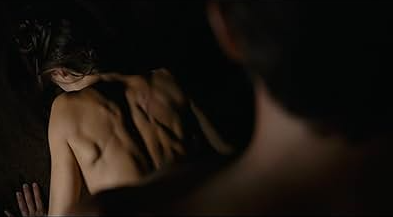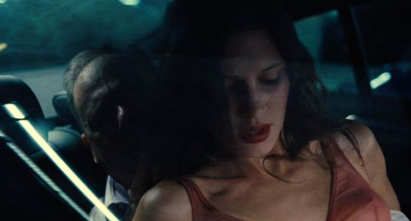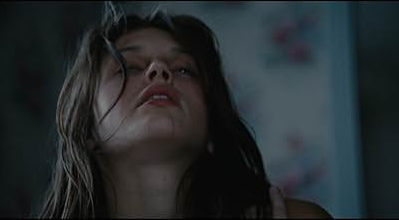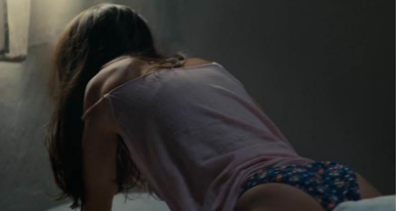
Jeune et Jolie (2013)
François Ozon’s Jeune et Jolie (Young and Beautiful) is a haunting and contemplative coming-of-age film that explores the blurred boundaries between youth, desire, and identity. Set in Paris, the story follows Isabelle, a 17-year-old girl from a comfortable background, who lives a seemingly ordinary life—but hides a secret that reveals much about her inner world.

Divided into four chapters, each corresponding to a season, the film traces Isabelle’s emotional evolution across a single year. What begins as curiosity turns into a complex inner journey marked by detachment, quiet rebellion, and an intense desire to feel something real. Ozon’s direction is subtle and elegant, avoiding sensationalism in favor of quiet observation. He doesn’t moralize; instead, he presents Isabelle’s choices as reflections of a deeper emotional void.

Marine Vacth’s performance as Isabelle is magnetic and understated. Her portrayal captures the stillness, contradictions, and silences of adolescence. Often, her face says more than dialogue ever could. The cinematography is soft and naturalistic, bathing the film in an ethereal tone that mirrors the main character’s detachment from her surroundings.

The film’s strength lies in its restraint. Rather than explaining everything, Jeune et Jolie invites the viewer to observe and interpret. It’s not a story of rebellion or shock, but one of quiet longing and emotional ambiguity. The final scene, featuring a brief but powerful appearance by Charlotte Rampling, offers a moment of quiet clarity without fully resolving the mystery—just like youth itself.

Ozon crafts a film that is both beautiful and unsettling, one that lingers in the subconscious and invites reflection. Jeune et Jolie doesn’t try to provide answers; it simply asks us to look, to feel, and to wonder what lies beneath the surface of beauty and youth.





